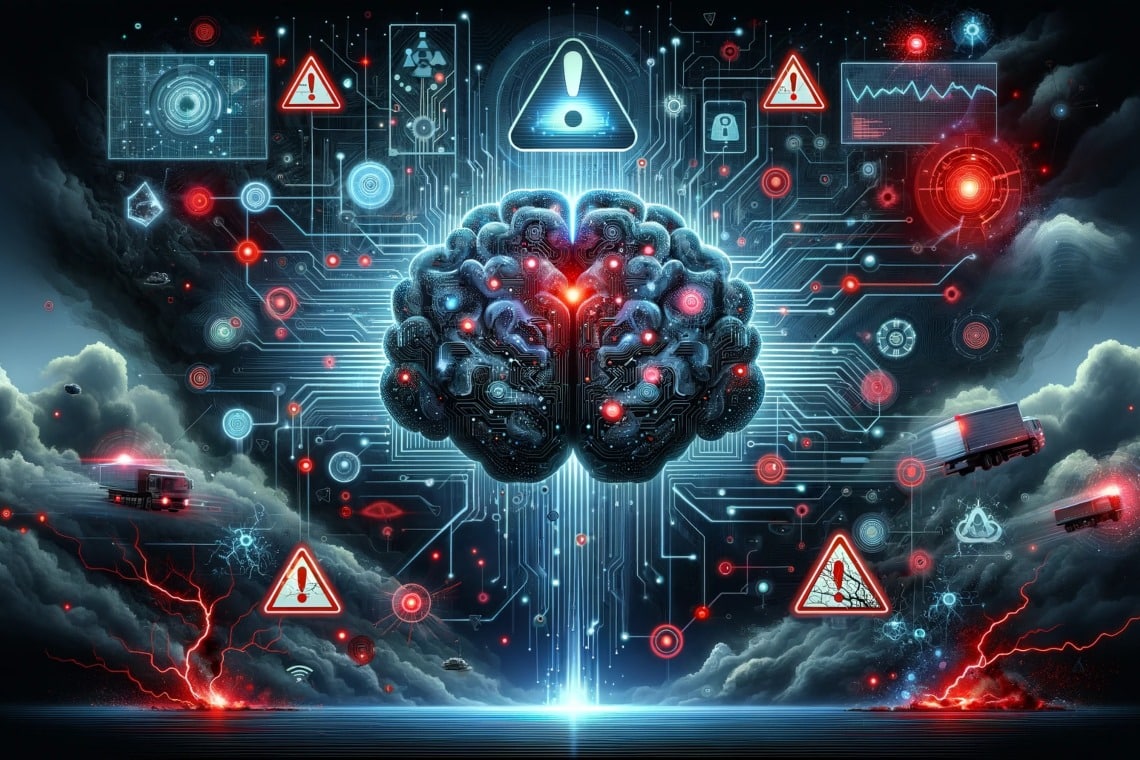During a recent interview with Fox Business, Donald Trump defined artificial intelligence (AI) as dangerous and scary, and central bank digital currencies (CBDC) as very dangerous.
Donald Trump is the former president of the USA, running for re-election this year and favored to win.
Trump and the problem with CBDCs and AI
Trump said he considers central bank digital currencies (CBDC), also known as Central Bank Digital Currency, very dangerous
Actually, he had already expressed his opposition a few weeks ago, stating that he will never allow the issuance of a CBDC in the USA if he becomes president again.
However, it must be said that in the past he had also stated that he would ban Bitcoin if its market value exceeded $100,000, and that cryptocurrencies were a disaster, only to then extensively use them to issue and sell his NFTs, even earning one million dollars with a memecoin bearing his name.
On the other hand, he is just doing political propaganda, and it is known that lies are the most effective tool for successful political propaganda.
It is quite easy to imagine that he was already lying when he criticized Bitcoin and cryptocurrencies, so it is possible that he is also lying now when he takes a stand against CBDCs.
Donald Trump belongs to the Republican party, and many Republican American voters do not like CBDCs.
The main limitation of CBDCs
What generally scares the most about CBDCs is the total control that the central bank can exert over all transactions.
First of all, the State can, if it wants to, spy on all transactions made in CBDC by all its citizens.
In addition, the central bank can also intervene to block transactions that it deems illicit, and in theory, it could even withdraw funds from users’ wallets without their permission.
Although the technical characteristics of CBDCs can vary greatly from one another, the fact that they are managed by a centralized entity that is also the ultimate producer of the technology means that in theory, the entity managing them has the power to do whatever it wants with them.
In theory, it would also be possible to issue them on decentralized blockchains, but it is extremely difficult to imagine that a central bank would actually choose to do so.
From this point of view, CDBC are the opposite of decentralized cryptocurrencies, Bitcoin first and foremost, which in turn have been designed to prevent a single entity from controlling and managing them at will.
Furthermore, it is difficult to imagine what great advantages citizens could have in using CBDCs instead of the electronic currency already widely and commonly used nowadays all over the world.
Perhaps one advantage could be the ability to use smart contracts, but even in this case they would be non-decentralized smart contracts on which the managing entity could have absolute power.
It is therefore possible that Donald Trump’s propagandistic choice to oppose CBDCs will ultimately prove effective in electoral terms.
Donald Trump against AI and CBCD
During the same interview, however, the former president also wanted to underline the fact that he considers artificial intelligence not without risks.
He openly defined it as dangerous and frightening, emphasizing in particular the power to produce any type of false content using deepfake, for example, to create false product endorsements or even change the outcome of the war.
On the contrary, he has stated that he saw someone using his image and voice without authorization to promote a product.
He said:
“You can’t even notice the difference. It seems like I’m really supporting it”.
He then also added that he believes something must be done about it, and that it must also be done quickly.
He has come to define artificial intelligence as probably the most dangerous thing there is, because there is no real solution.
The problem of Artificial Intelligence (AI)
In reality, Trump was referring only to a special type of artificial intelligence, namely the so-called generative one that is used to create digital content.
There are also many other types of AI that are completely unrelated to Trump’s speech.
In fact, it is increasingly difficult to distinguish a digitally created content with AI, that is, an artifact, from one produced by simply capturing real images and sounds.
In this case, the difference lies not so much in the content itself, but in the reputation of those who spread and publish it.
That is to say, serious producers of AI-generated digital content do not hide the true origin of their content at all, and therefore do not pass them off as real. On the other hand, even with content not generated with AI, there are producers and distributors who pass off fake, decontextualized, artfully edited, partial, or otherwise misleading content as real.
So the problem is not entirely new, even though generative AI worsens it by making it impossible to recognize the truthfulness of a content by simply analyzing the content itself.
The solution that, according to Trump, does not exist would instead be to analyze the sources and their credibility, rather than considering all sources equal, starting from those known for spreading disinformation.
